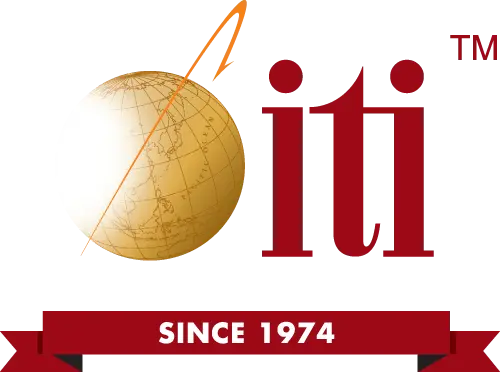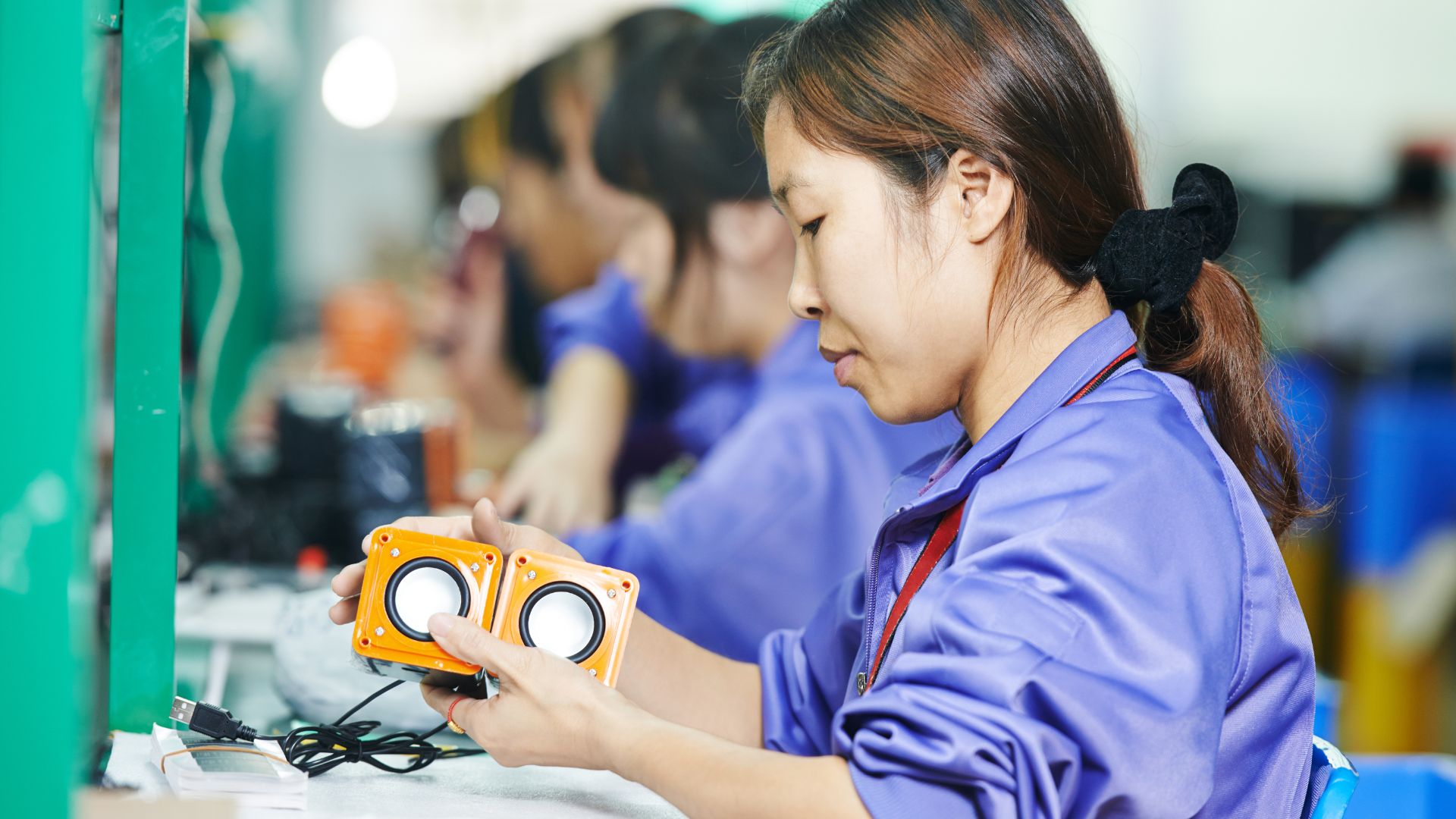
American Manufacturers: The Nearshoring and Onshoring Trend
Long-distance, organized trade has been an ever-expanding human phenomenon for at least 150,000 years, likely longer. If you remember learning about the Silk Road, you might think the growth of trade across cultures and continents could only continue. Maybe not: Recent economic trends show a gradual cooling of globalization, at least as far as American manufacturers are concerned.
In its place, a trend of consolidating manufacturing supply chains back to regions near their end users’ markets has emerged. Why the sudden change, and what does this mean for your global manufacturing needs? Let’s find out.
Globalization vs Nearshore and Onshore Manufacturing
At its core, globalization refers to the increasing interaction between cultures, countries and economies all over the world. In terms of trade, Western countries have long driven globalization to tap into low production costs and resources in developing countries, also referred to as “offshore manufacturing.”
As these developing countries matured, their cost advantages have diminished. Now Western buyers are increasingly looking for alternatives to offshore manufacturing, leading most to the realization that their best bet is much closer to home.
To help explain, we’ll introduce two terms:
- Nearshore manufacturing involves producing goods in countries near their intended end-users. For customers in the U.S., these nearshore locations are Mexico and Canada. Nearshoring is the process of moving far-off production to these adjacent countries, in part or in whole.
- Onshore manufacturing involves producing goods within the same country as their intended end-users. For American customers, onshoring is the process of moving production to U.S. soil.
Understanding the Economics of Nearshoring and Onshoring Decisions
All things considered, the single most compelling reason why executives consider reshoring their industrial production is cost, plain and simple. With that said, however, there are multiple influences that contribute to total costs and affect decisions to manufacture nearshore or onshore.
Let’s explore these factors using China as the timeliest example, though this discussion applies to any foreign nation.
- Labor costs: After decades of receiving foreign investment, China’s labor costs have steadily climbed to the point where in certain situations and industries they may no longer offer savings that are as significant as in the past. Moving production to less-developed nations such as Vietnam, India, or Mexico can recapture labor savings by means of lower wages in some scenarios.
- Transportation costs: Seafaring shipping costs skyrocketed during the COVID-19 pandemic, at times making land-based truck and rail transportation a more economical option per mile, as well as by total duration costs thanks to much shorter distances when producing in Canada, Mexico or the U.S. Shipping costs have recently stabilized to more traditional values. In many situations, it’s still significantly less expensive to ship from Asia than from Mexico, especially since infrastructure in places like China is much more established and reliable compared to Mexico.
- Geopolitics: China’s exposure to and participation in world politics are increasingly seen as risks to long-term stability as well as short-term costs. China’s public positions on Taiwan, the Russian-Ukraine war, US-China cultural relations, and global economic dominance lead many executives to rightful concern.
- Trade tariffs: While tariffs seek to balance imports/exports and manage the risk of exploitation, they can also devolve into a two-way trade war as currently is the case between China and the U.S. Once imposed, tariffs add costs and restrictions that may not resolve for many years, pushing executives to seek greener pastures free of these extra costs and risks.
- Trade agreements: The polar opposite of trade tariffs, trade agreements bind friendly countries together through commercial avenues free of added regulatory costs, restrictions or inconvenience. For example, the newly founded USMCA (United States-Mexico-Canada Agreement) trade policy allows unencumbered trade between these countries, free of the duties and taxes imposed on imports from China and elsewhere (when leveraged correctly). In many cases, however, China and other Asian production options still come in significantly less costly than here in the U.S. or our close neighbors.
- Lead times: Obviously a shorter time to receive manufactured products is more desirable than waiting a long time. Goods shipped from China can take four to six weeks to reach U.S. buyers, whereas goods trucked from Mexico can in many cases arrive within days. With that said, North American suppliers have faced a significant increase in demand, creating supply chain bottlenecks that don’t necessarily get products to your door faster than options in Asia.
- Disruption risk: Building upon the lead time comments above, when your manufacturing work is occurring on the other side of the world, your exposure to disruptions and major impacts is notably higher than if it were occurring a few hours away. Part of the risk here is the lack of visibility and transparency in far-off supply chain elements, as well as the reliance on completely foreign entities to act on your behalf. Companies like ITI Manufacturing remove the visibility and transparency barriers, regardless of country of manufacture, helping decision makers decide what option is truly best for the business..
- Environmental and economic sustainability: Foreign countries can have vastly different perspectives on sustainability and environmental stewardship, which are two factors that customers are increasingly demanding of American manufacturers. China in particular was traditionally notably loose with their environmental protection efforts, to the point that they’re now facing real issues with their water, energy and workforce resources. As environmental regulations have tightened in China, some industries have moved to less-developed nations in order to avoid regulations.
- Soft costs: Though very real, cultural differences can be hard to quantify in terms of cost impacts. When dealing with Eastern manufacturers, for example, Western sellers understand that there is an inherent added cost of doing business associated with communication, culture, bias, negotiation and even temperament differences. Nearshore cultures may have fewer differences and lower related costs for American manufacturers.
Sourcing Industrial Manufacturing in a Changing World
At the start of this article, we raised questions that we can now answer:
Why have U.S. sellers seemingly made the sudden change towards reshoring closer to the United States?
The shift towards relocating manufacturing back to the U.S. or adjacent countries – through the process of onshoring and nearshoring, respectively – is definitely real, but is not sudden. In late 2022, American manufacturers purchased more goods from nearshore countries than from China for the first time ever, which is the result of 10+ years of building manufacturing infrastructure in these new regions. This makes the whole transition less of a trend and more of a new normal, especially in more high tech industries such as aerospace and defense.
What does the nearshoring and onshoring trend mean for your business’s global manufacturing needs?
In a few words: hope and stability. Relying on supply chain nodes that are near to the U.S., closer in cultural nuances and reinforced by invested governments operating under a common trade agreement should all prove beneficial to American manufacturers.
Help for American Manufacturers
Manufacturing products on a global scale is not a game of seasons, but one of decades. How your business can best benefit from the worldwide manufacturing landscape will be a unique answer given your exact conditions now and into the future. Though most things always come down to cost, we urge readers to consider long-term costs, geopolitics, logistics, labor and market factors before deciding to reshore.
In many cases, the best solution is likely a combination of offshore, nearshore and onshore manufacturing, solving for profitability and peace of mind for as far into the future as possible. Contact us to discuss your particular situation and needs.






